Last night’s Oscars telecast inspired some awards of our own. Without further ado, we present a few of our 2018 Fellows who designed learning experiences around the performing arts…
Most Creative Use of Funds
Diana D’Emeraude | Canyon Vista Middle School – Austin

Rehearsing a script in a Shakespeare class with U.K. teachers
To make the most of her 42-day stay across the pond, Diana found hostels with private rooms and pet-sat in three different homes — including one that had two cats and four chickens. Saving money on accommodations meant she could apply her $5,000 grant toward participating in a Shakespeare training program for teachers at the Globe Theatre in London, and attending 15 plays, ten classes, six tours, a conference, and multiple museums. Her goal was to create curricular units for middle and high school language arts/theatre teachers that help students develop critical thinking skills in the classroom and beyond.
“Taking classes on teaching Shakespeare with U.K. teachers helped me compare notes on their schools, how they taught, learn engaging activities, learn about and teach the plays and more about the English language,” said Diana. “Attending an International Theatre Teacher Conference helped me learn how theatre is taught in other countries and ways to improve my teaching, and classes at the Globe Theatre helped me learn more, not only of Shakespeare’s plays but also of other works written in that era.”
With her new knowledge, Diana started a Shakespeare Club where students explore the Bard’s plays, his style of writing, the importance of his works, the era, and how to perform monologues, scenes and the plays.
Best Sequel
Warren Pemsler, Ari Hauben and Chris Busch | McKinley South End Academy – Boston

Chris with some political street art at The Graffik Museum
In 2007, this teaching team was awarded a Fund for Teachers grant to tour art museums, theatres, stages and facilities in England, and then meet with outreach departments at museums in the Netherlands, to expand on their school’s partnerships with the Huntington Theatre and Institute of Contemporary Art. Eleven years later, these same teachers returned to London on their second FFT fellowship to explore London’s street art, contemporary art, and theatre communities to develop in-depth performing and visual arts units in collaboration with Boston Public School’s pilot Fab Lab.
Warren would like to thank his colleagues for their learning:
“Honestly, it was the collaboration with my colleagues that brought out new energy and ideas. By immersing ourselves in the content we teach and meeting with professionals who do similar things in London, we have planned new avenues to make our curriculum more vital to our students. After 28 years of teaching, I feel like I am embarking on a journey that will sustain me professionally and personally for years to come! I couldn’t be more thankful!”
This teaching team is working with students to create four large murals of the artists and playwrights they read and admire on exterior walls of the school building. This will lead to four “openings” for the school and neighborhood, as well as T-shirts so students can show off their work to the wider world.
Best Supporting Teacher
Christine Jamerson | Roseburg High School, Rosburg, OR

Onstage at Radio City Music Hall
Christine designed her fellowship around information she learned from a previous workshop with Eric Jensen called “Teaching with Poverty in Mind.” There, she learned that the working memory of students who experience poverty is very limited. As a drama teacher, Christine knew how memorizing lines and stage directions helps build one’s working memory, in addition to self-efficacy and self-confidence. Therefore, she participated in the Broadway Teachers Workshop in New York City and learned strategies for using theatre to support brain and soft-skill development.
“I learned so much about technical design, directing, and running a smooth program in the few short days I was at the workshop, it just blows me away.” said Christine. “I feel like my world has been opened up to different approaches I can take with my plays and musicals, and it all benefits my program. I have also gained a lot of confidence – I’m not only bringing new approaches, but I’m implementing them well.”
In order to reach the largest number of students possible, Christine and her theatre department formed an improv troupe open to all. They perform at assemblies, football game halftimes, and local middle schools.
Best Transformation
John Matthiessen | Branford High School – Branford, CT
 John arrived at the Globe Theatre’s “Teaching Shakespeare Through Performance” workshop as a 58-year-old literature teacher and completed his fellowship as Ophelia, Hamlet’s love interest. He explains:
John arrived at the Globe Theatre’s “Teaching Shakespeare Through Performance” workshop as a 58-year-old literature teacher and completed his fellowship as Ophelia, Hamlet’s love interest. He explains:
“Our director told us he was going to cast us ‘against type,’ and consequently, I was cast as Ophelia. Playing a teenage girl was a stretch. To do this, I had to not only overcome a certain amount of self-consciousness and stage fright, but also try to imagine and portray the emotions experienced by this doomed young girl. I was very proud of my final performance!”
John’s English students now spend less time interpreting text and more time in creative activities to demonstrate their understanding. Although he still includes rigorous reading and writing activities, he now concludes some units with a final role-play presentation (like the one he did) as a major grade. He’s found this kind of active, student-centered assessment makes learning a more social activity alongside their peers than the typical summative assessments.
The BIG winners are the students, whose learning changes from text to technicolor after their teachers return from summer fellowships. In her Best Supporting Actress acceptance speech last night, Regina King called herself an example of “what it looks like when support and love is poured into someone.” We believe the students of our Fellows look (and feel) the same way.
Pictured above: David Williams (Bacon Academy – Colchester, CT) who attended the Teaching Shakespeare Through Performance course at the Globe Theatre in London to learn practical approaches for engaging students from a variety of backgrounds and academic levels.



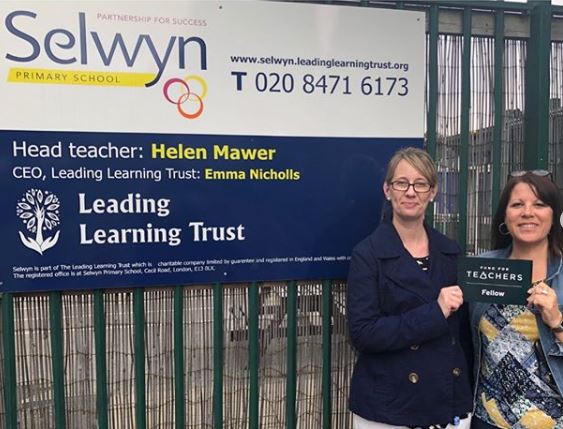
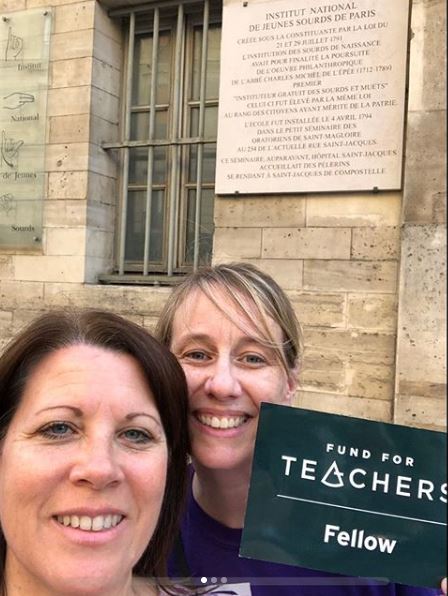
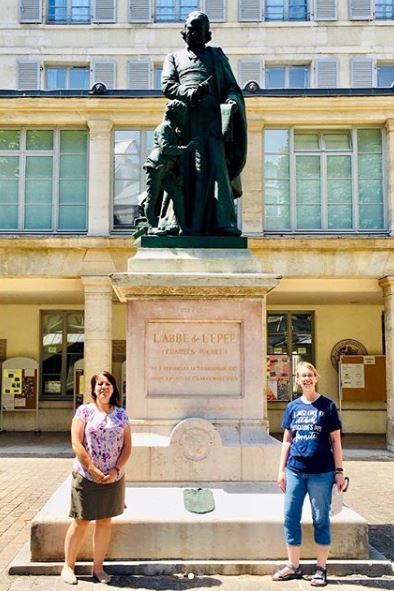
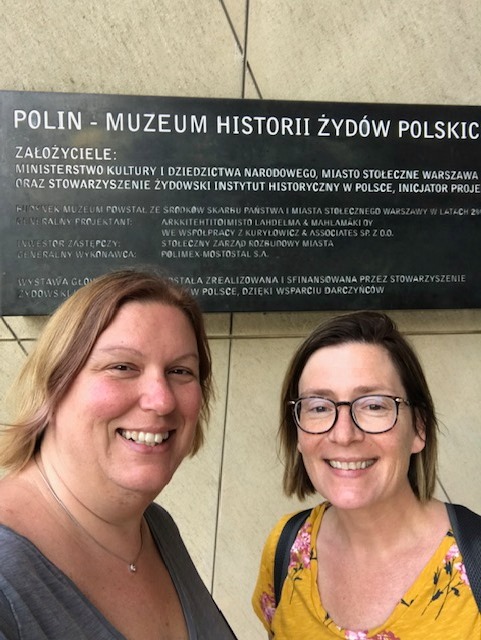
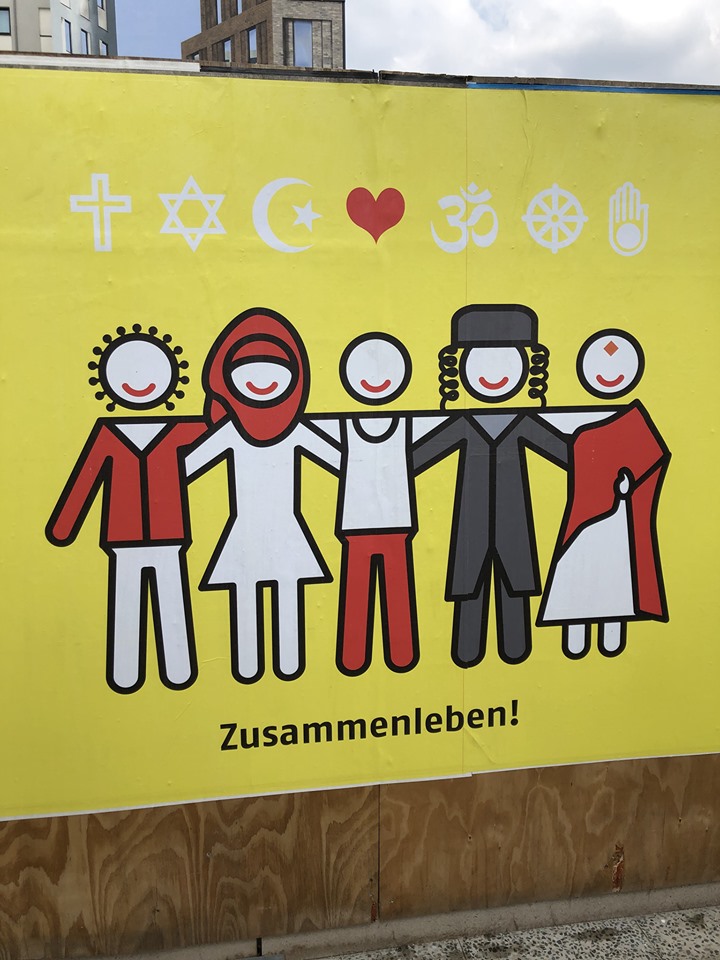

 “Do you remember the floor of your childhood home? Can you recall playing outside with your siblings? Rushing up the stairs with good news? Your grandmother’s “good plates” pattern?
“Do you remember the floor of your childhood home? Can you recall playing outside with your siblings? Rushing up the stairs with good news? Your grandmother’s “good plates” pattern? It turned out that the apartment he hosts was her family’s home for years before the Nazis took power and forced them out. The walls are re-plastered, the interior courtyard is filled in with the back sides of restaurants, the stairs have lost their shine (and have a pleasant rounded edge where thousands and thousands of footfalls have happened), but the heart of the place is the same. He unlocked the door to her old apartment and she began to cry when she saw the preserved floor. This beautiful wood herringbone-patterned floor where she played as a seven year old girl. This floor where she would help her mother clean up crumbs that fell from the table. This floor where she would place her shoes after coming up the flight of stairs at the end of the school day. This floor where her suitcase lay waiting next to the door in case they had to flee. This floor opened the gates of memory.
It turned out that the apartment he hosts was her family’s home for years before the Nazis took power and forced them out. The walls are re-plastered, the interior courtyard is filled in with the back sides of restaurants, the stairs have lost their shine (and have a pleasant rounded edge where thousands and thousands of footfalls have happened), but the heart of the place is the same. He unlocked the door to her old apartment and she began to cry when she saw the preserved floor. This beautiful wood herringbone-patterned floor where she played as a seven year old girl. This floor where she would help her mother clean up crumbs that fell from the table. This floor where she would place her shoes after coming up the flight of stairs at the end of the school day. This floor where her suitcase lay waiting next to the door in case they had to flee. This floor opened the gates of memory. 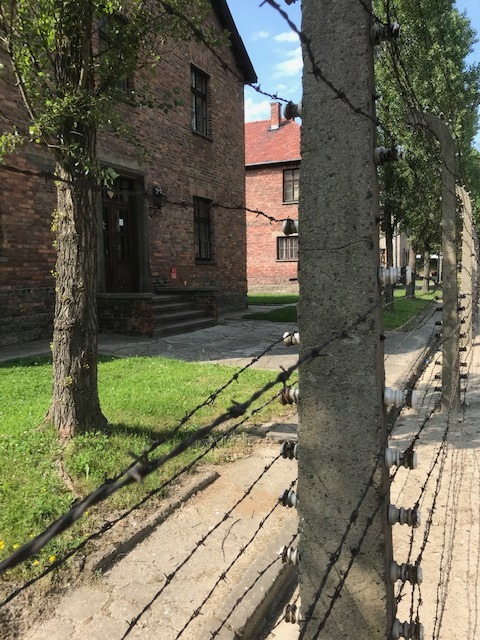


 “When applying for the Fund for Teachers grant, I researched my grandfather’s military service and his path from Nebraska to Normandy,” said Dan. “On D-Day, he flew the Boeing B-17 with the USAF 94th squadron from the
“When applying for the Fund for Teachers grant, I researched my grandfather’s military service and his path from Nebraska to Normandy,” said Dan. “On D-Day, he flew the Boeing B-17 with the USAF 94th squadron from the 
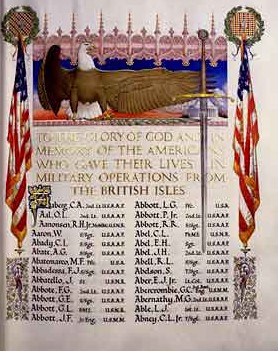
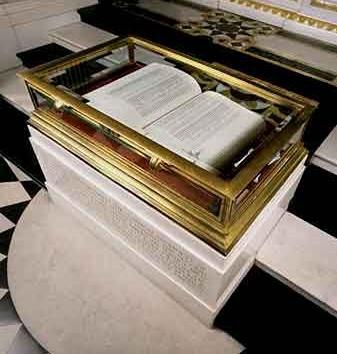
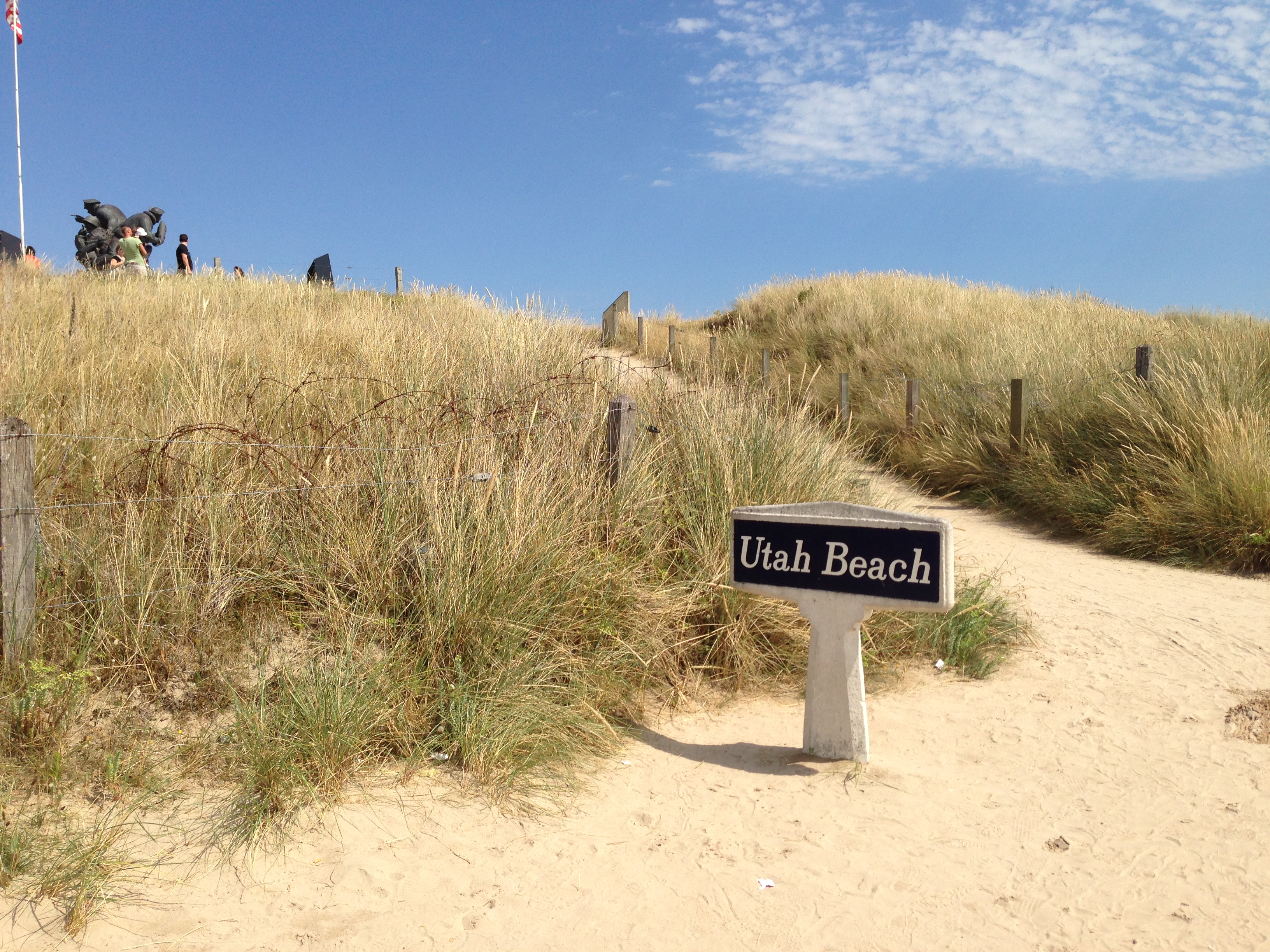
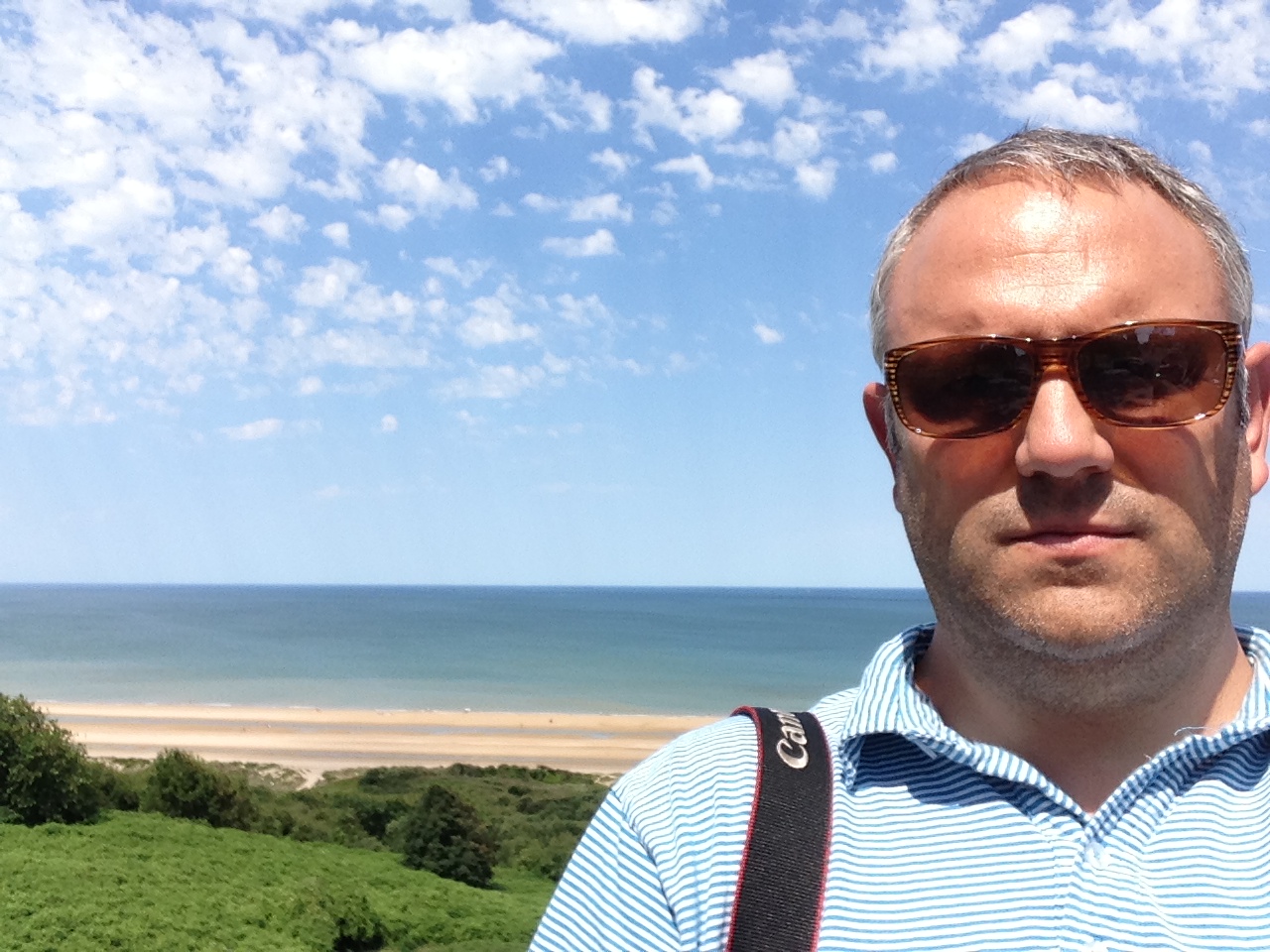
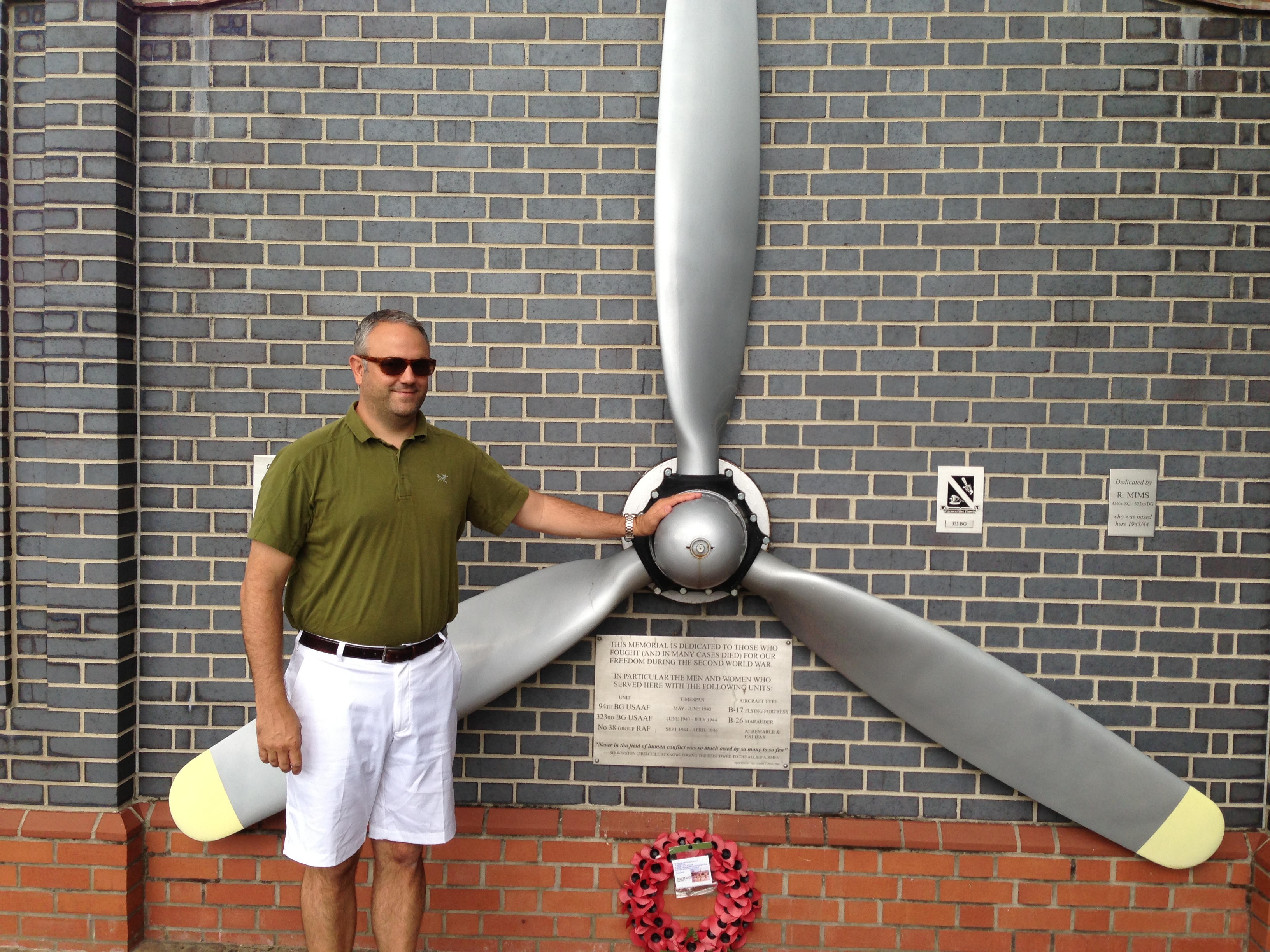
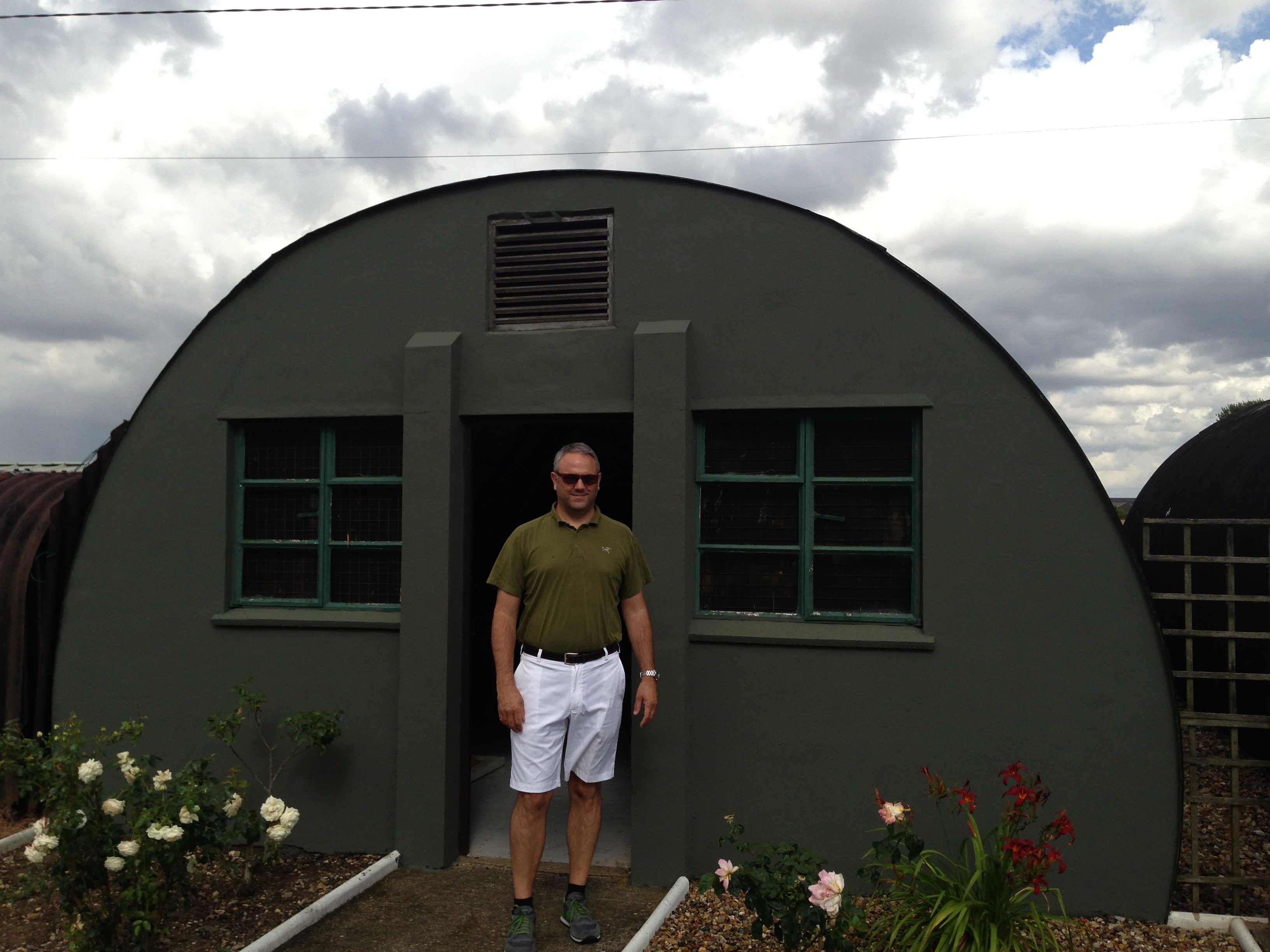
 There simply aren’t enough teacher education agencies in the US that can appropriately train and prepare teachers how to competently teach both English and Spanish literacy simultaneously.
There simply aren’t enough teacher education agencies in the US that can appropriately train and prepare teachers how to competently teach both English and Spanish literacy simultaneously.
 Our team consists of a 5th/6th grade Spanish math teacher, a 4th grade Spanish literacy teacher, a 3rd grade English literacy teacher and literacy coach, and an ESL teacher that co-teaches in 3rd and 4th grade. Working collaboratively, we’ll use our newly learned strategies and newly acquired resources to create a Spanish/English poetry unit. This would include author studies, poetry reading and writing, and shared presentations of written poetry. Both 3rd and 4th grade have poetry standards that have been notoriously
Our team consists of a 5th/6th grade Spanish math teacher, a 4th grade Spanish literacy teacher, a 3rd grade English literacy teacher and literacy coach, and an ESL teacher that co-teaches in 3rd and 4th grade. Working collaboratively, we’ll use our newly learned strategies and newly acquired resources to create a Spanish/English poetry unit. This would include author studies, poetry reading and writing, and shared presentations of written poetry. Both 3rd and 4th grade have poetry standards that have been notoriously “In short, my fellowship was amazing!” said Kristin. “As a student, then practicing as the facilitator, I learned how to mix in drum circle facilitation with affirmations, rhythm games, and activities to increase students’ focus, listening, self-awareness, and self-expression. The goal behind all of this is to incorporate counseling techniques into drum circles and help students who have experienced trauma.”
“In short, my fellowship was amazing!” said Kristin. “As a student, then practicing as the facilitator, I learned how to mix in drum circle facilitation with affirmations, rhythm games, and activities to increase students’ focus, listening, self-awareness, and self-expression. The goal behind all of this is to incorporate counseling techniques into drum circles and help students who have experienced trauma.”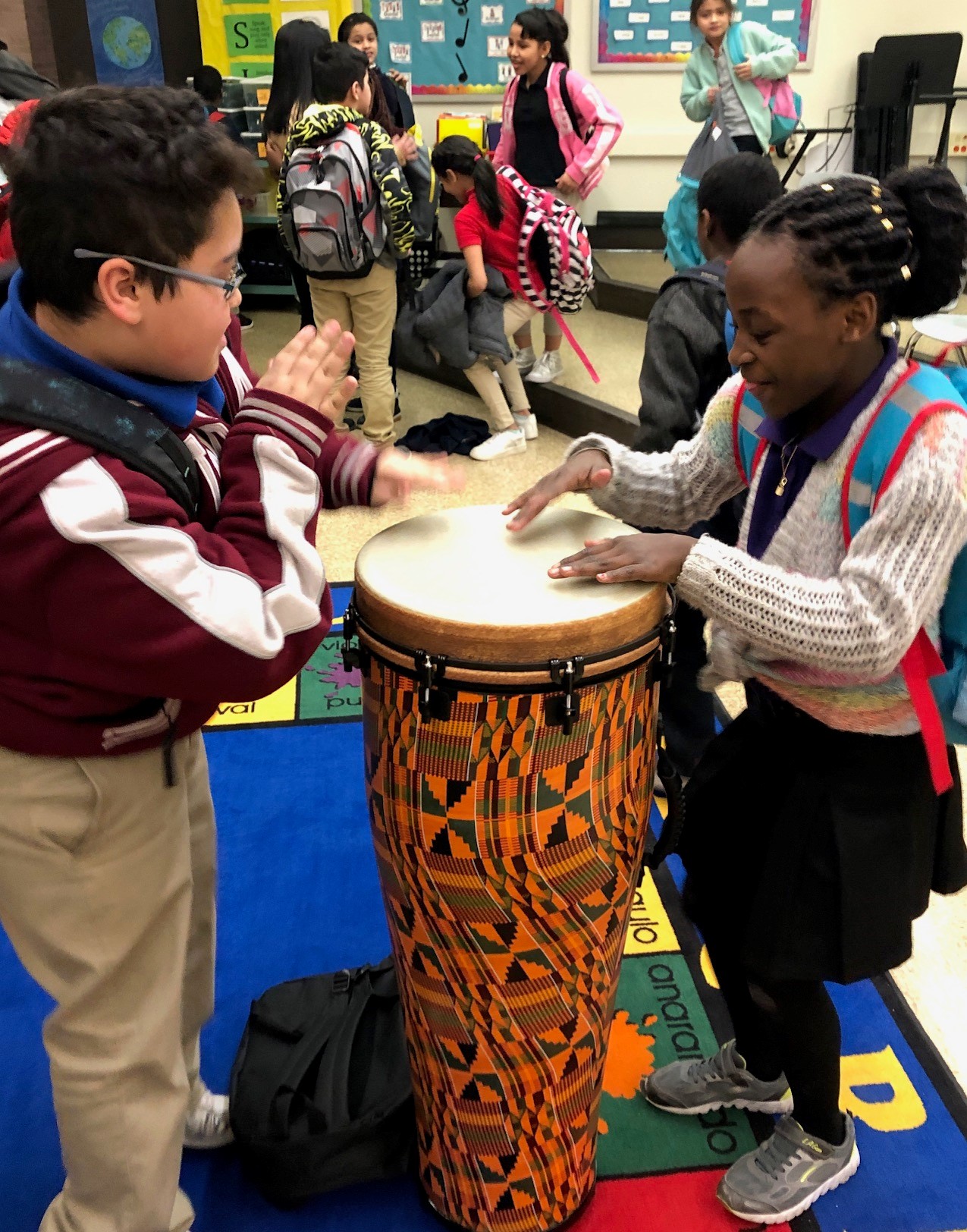
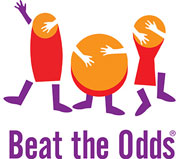


 Kristin has taught music for 11 years in Lousiana, Texas, and now Indiana. She was the 2019 Teacher of the Year, and was a Top 10 Finalist for the Indianapolis Public Schools District Teacher of the Year. Kristin has completed her Level 1
Kristin has taught music for 11 years in Lousiana, Texas, and now Indiana. She was the 2019 Teacher of the Year, and was a Top 10 Finalist for the Indianapolis Public Schools District Teacher of the Year. Kristin has completed her Level 1 


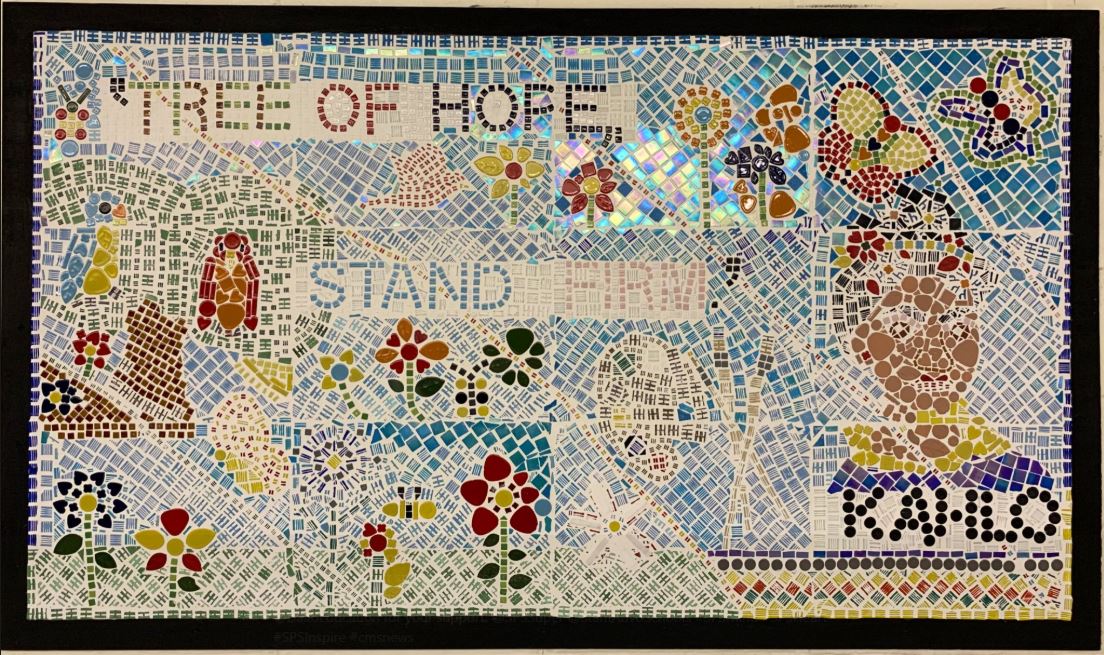
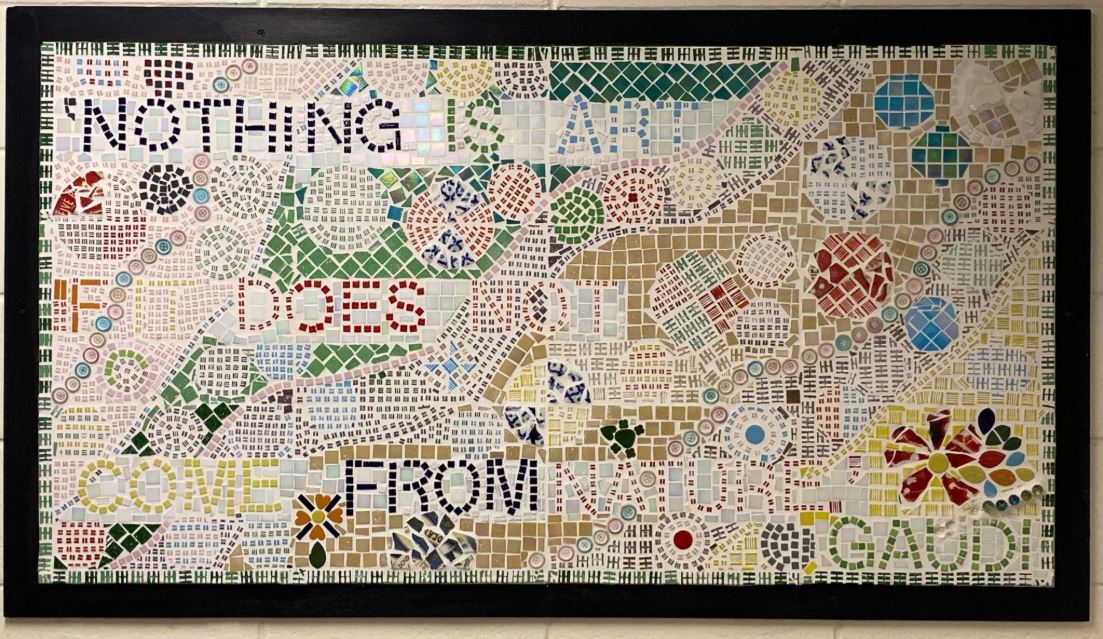

 Tammy has taught for 29 years, first with special education, then third grade, middle school Language Arts, and now Fine Arts. Recently she received a Spotlight Award for Teachers, one of 20 recipients nominated by peers and awarded from across the Stamford Public School district.
Tammy has taught for 29 years, first with special education, then third grade, middle school Language Arts, and now Fine Arts. Recently she received a Spotlight Award for Teachers, one of 20 recipients nominated by peers and awarded from across the Stamford Public School district. The students I teach represent a wide range of socio-economic backgrounds, many of whom rarely even leave the county. Their ability to conceptualize the vastness of our country, and our country’s resources is very limited, making it difficult to grasp the scope and initiatives involved in the
The students I teach represent a wide range of socio-economic backgrounds, many of whom rarely even leave the county. Their ability to conceptualize the vastness of our country, and our country’s resources is very limited, making it difficult to grasp the scope and initiatives involved in the 



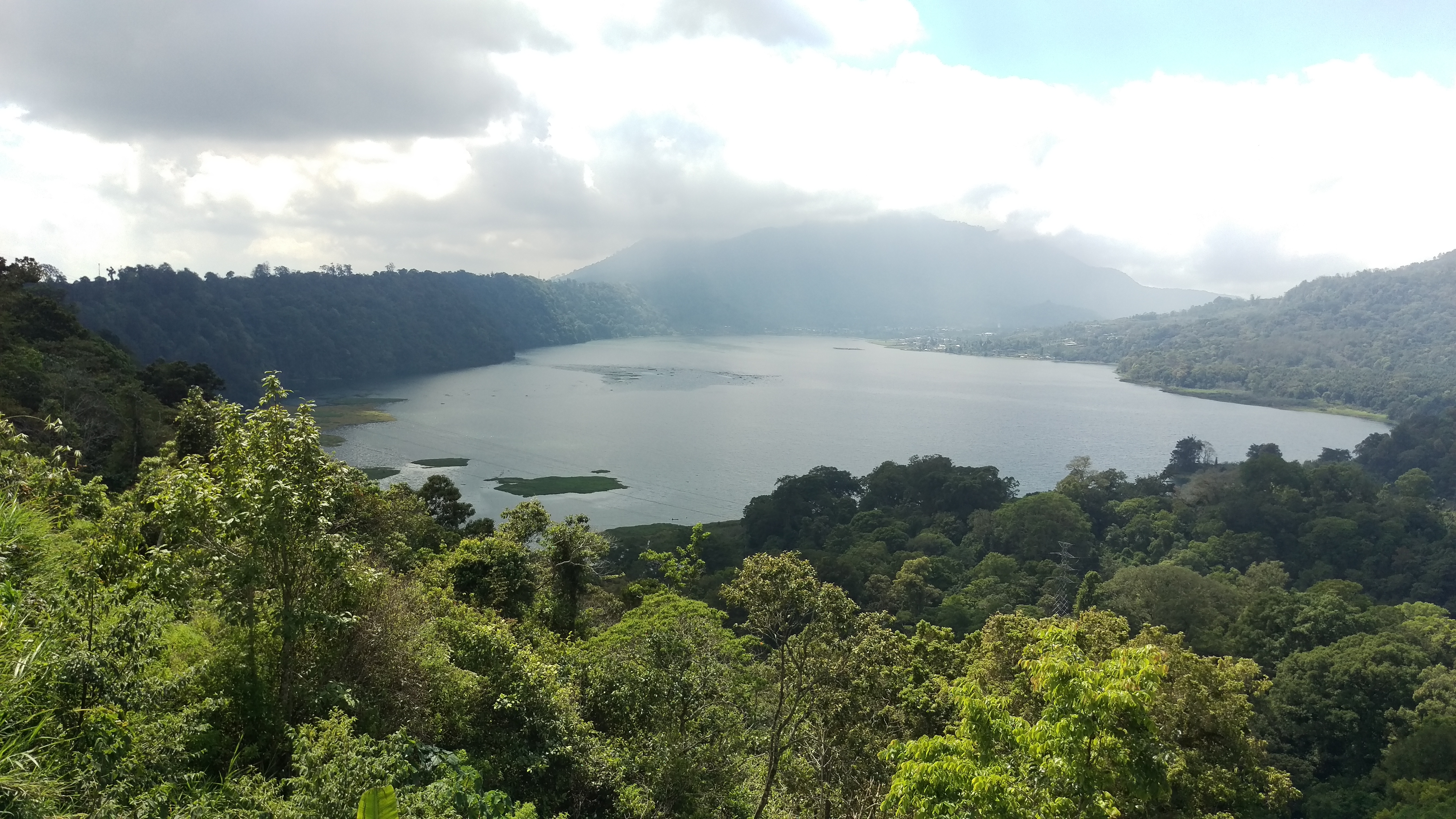
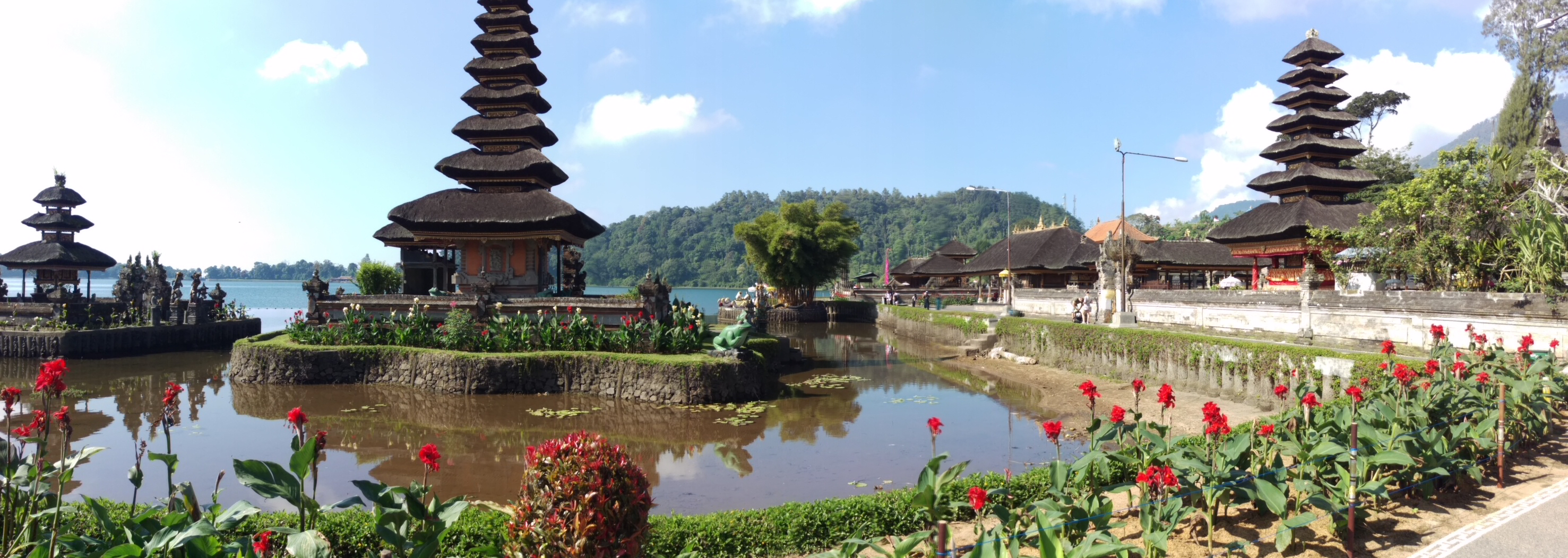
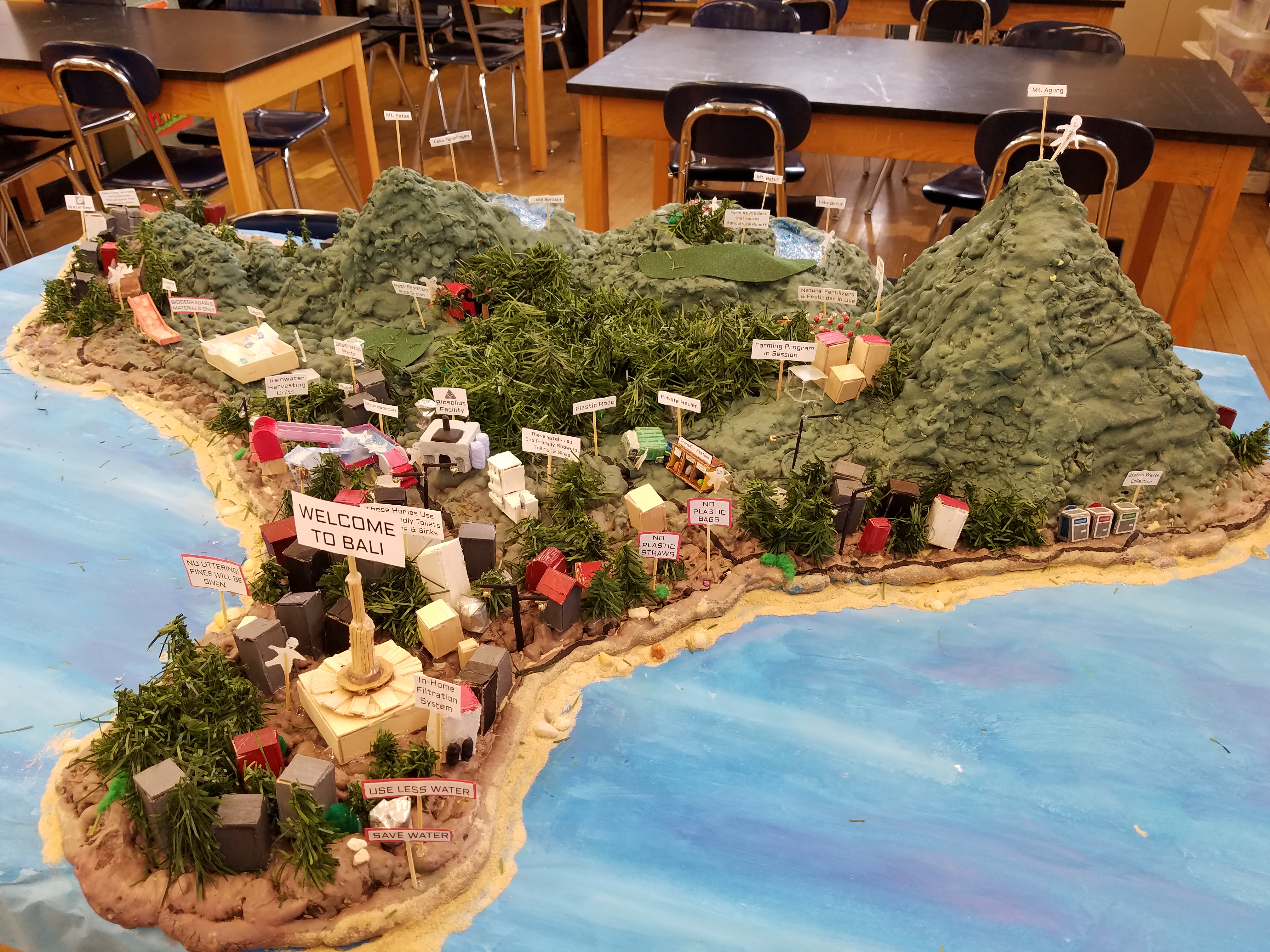
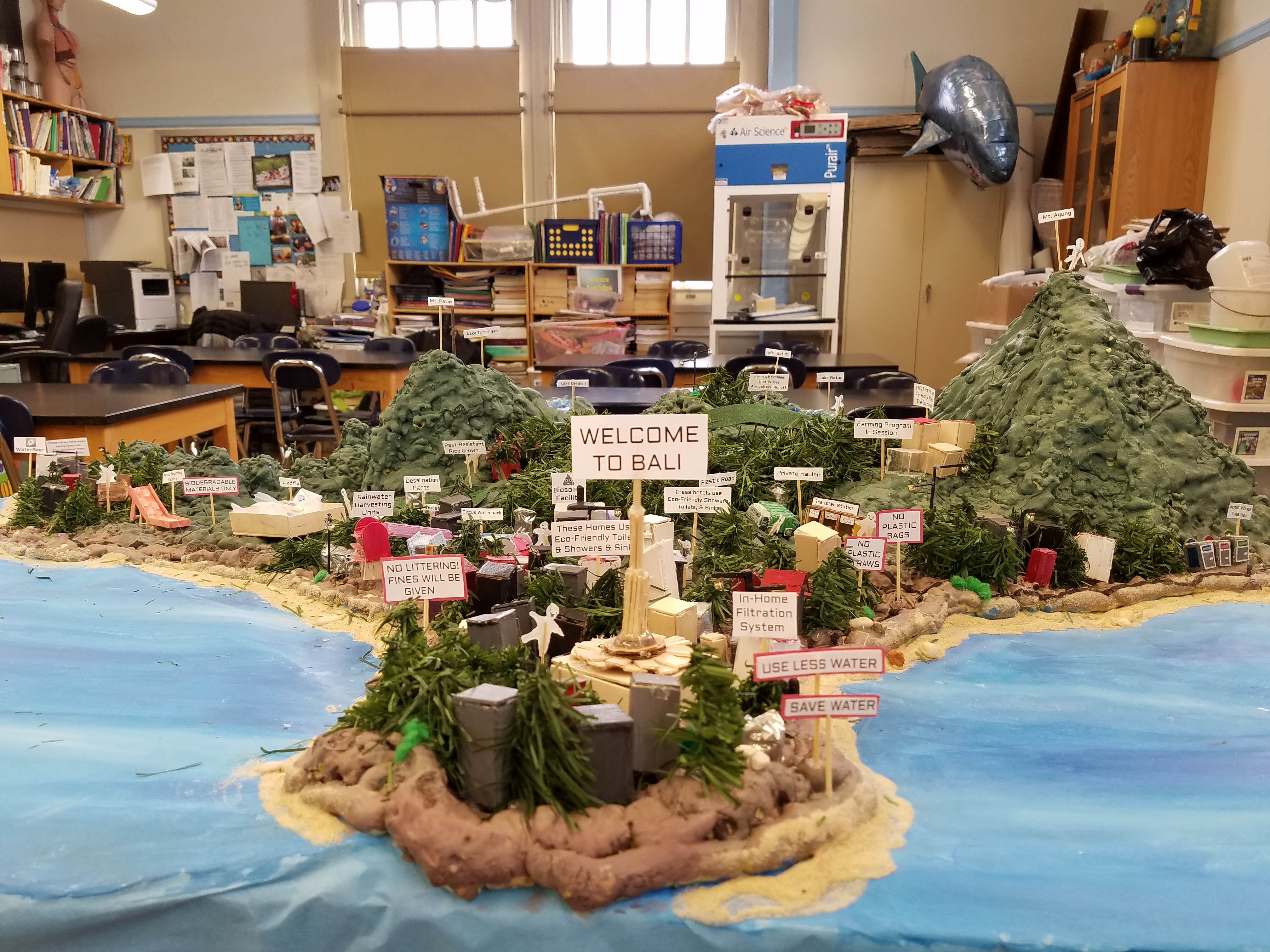
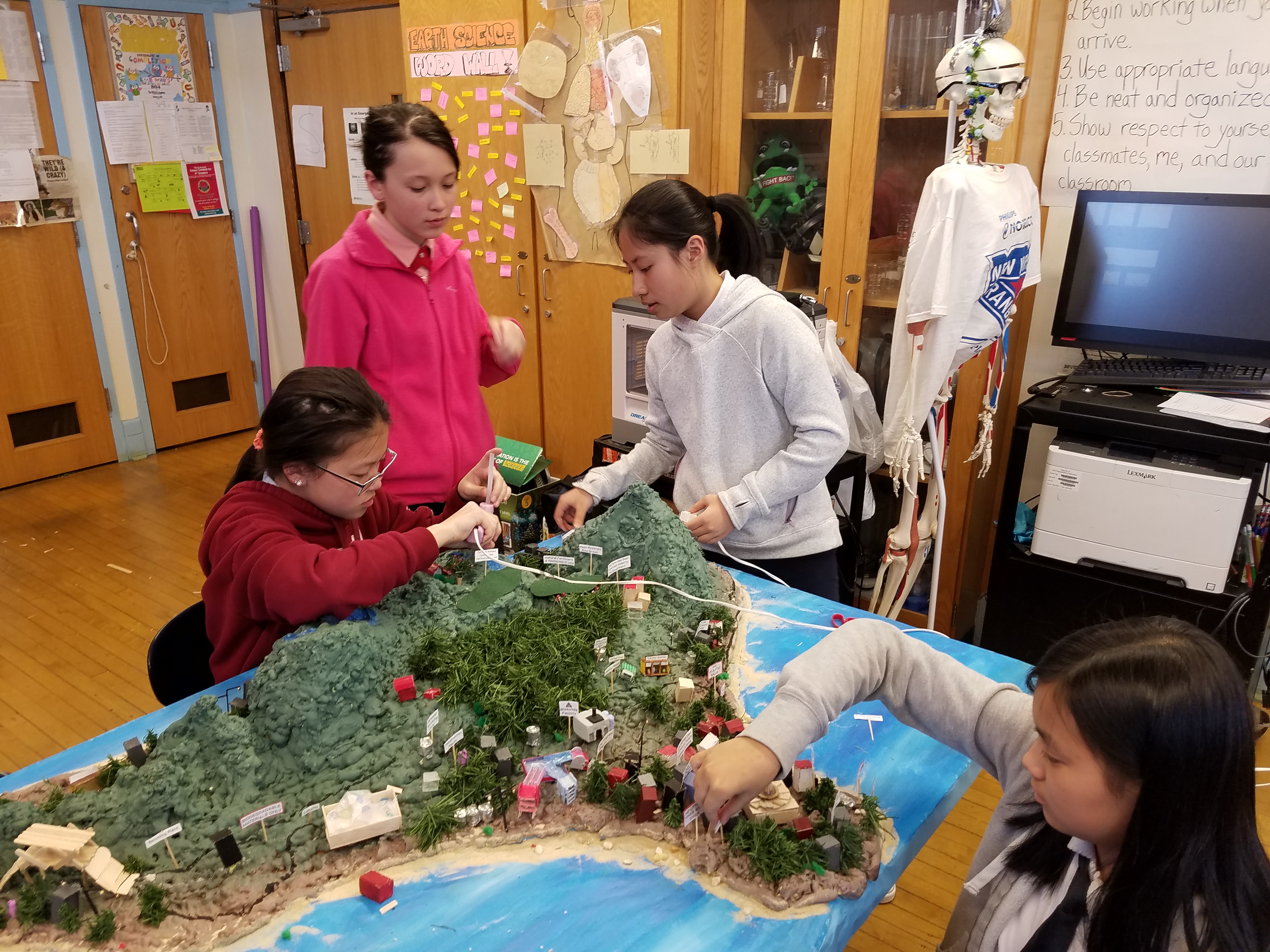

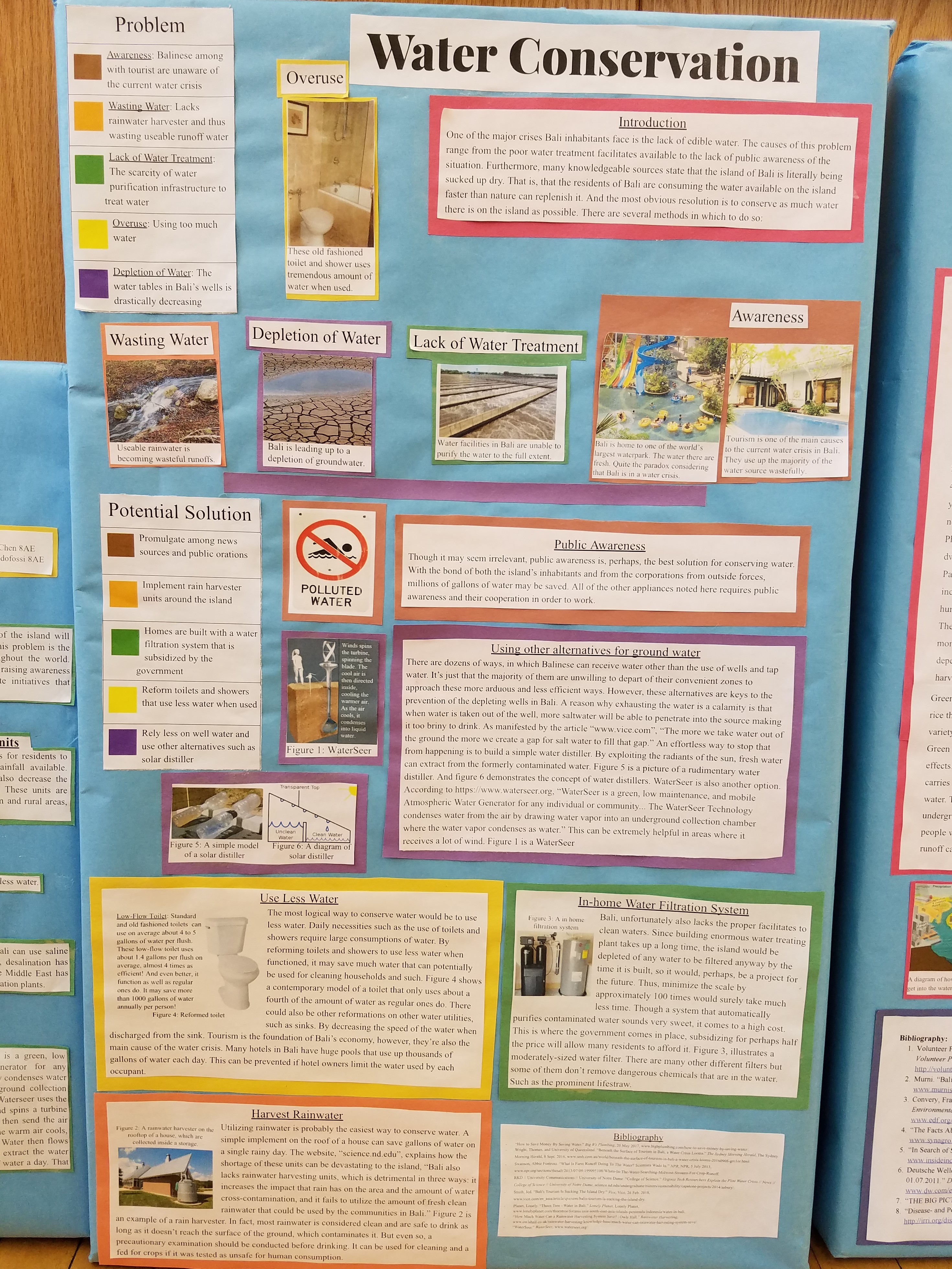
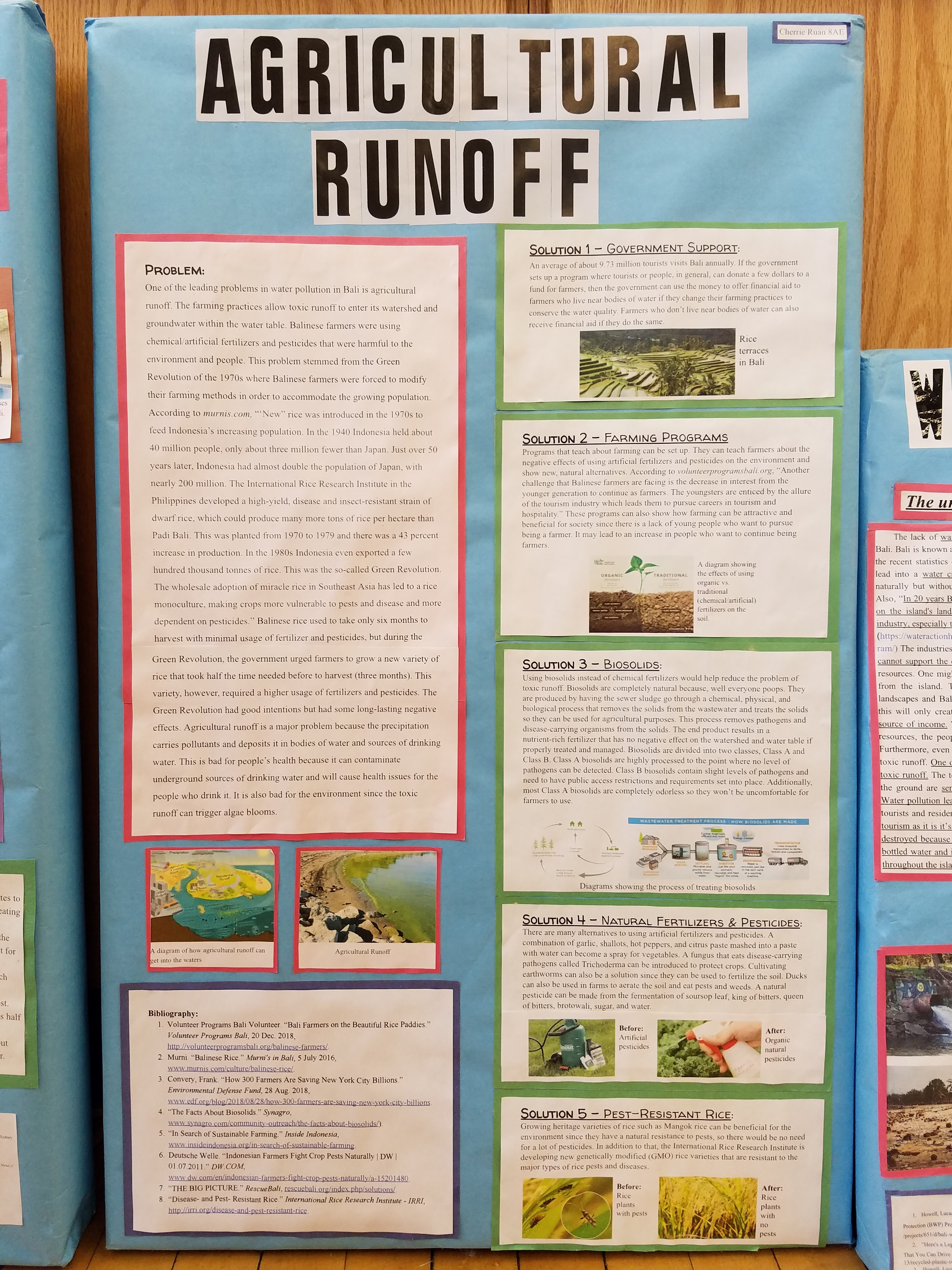
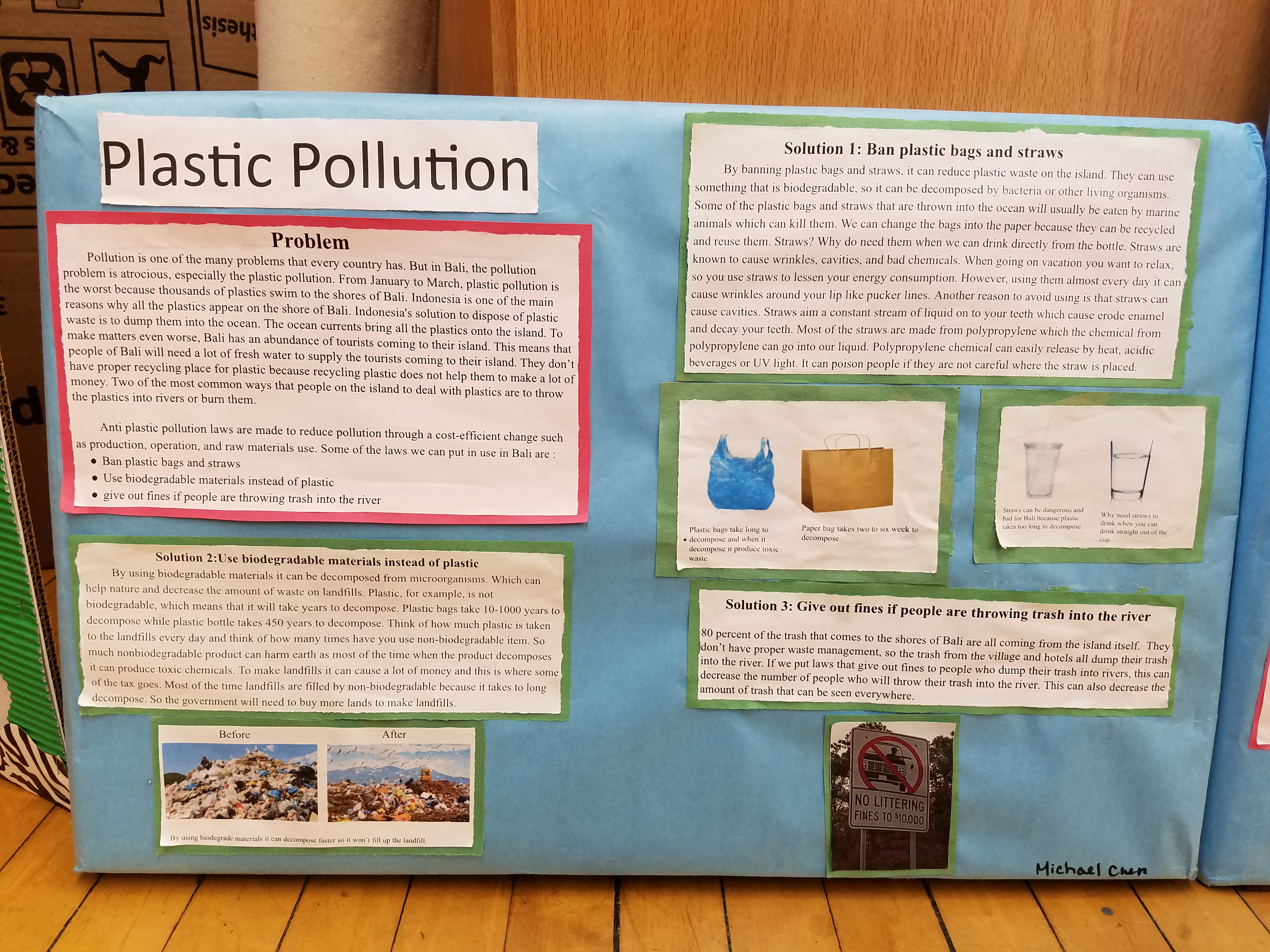
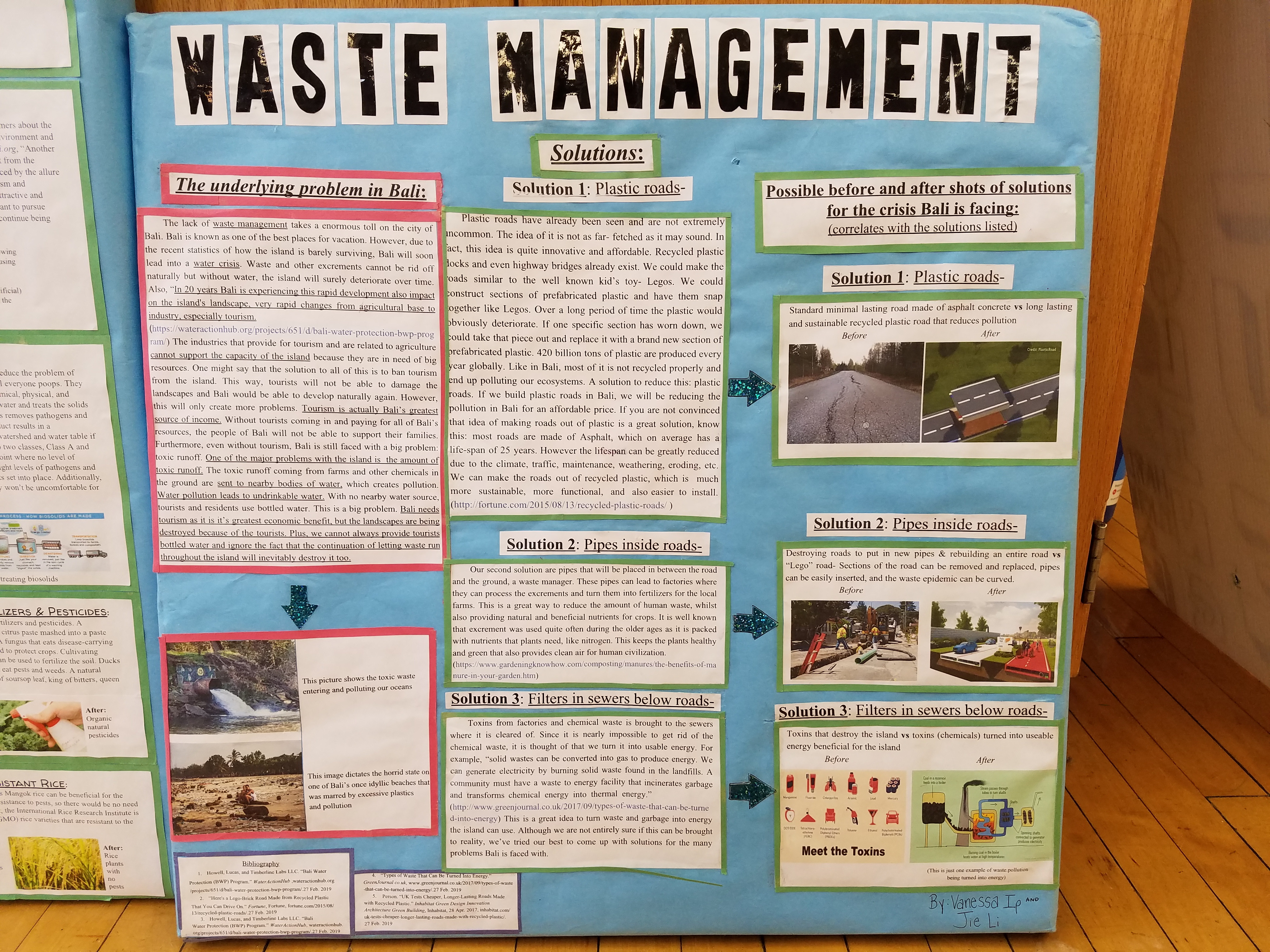
 Richard is a middle school science teacher, sustainability coordinator, and science department chairperson in Brooklyn, New York. Currently, Richard is leading an effort that would bring recycling into his middle school. He spearheaded the construction of a greenhouse with a roof rainwater collection system. Next year, he plans to bring a reusable water bottle filtered refill station into his school. He is a
Richard is a middle school science teacher, sustainability coordinator, and science department chairperson in Brooklyn, New York. Currently, Richard is leading an effort that would bring recycling into his middle school. He spearheaded the construction of a greenhouse with a roof rainwater collection system. Next year, he plans to bring a reusable water bottle filtered refill station into his school. He is a  On why he designed this fellowship…
On why he designed this fellowship…

 Mick is the only member of his family who was deaf, yet his parents believed in having ASL as his first language, which he learned before English. You can learn more about his life experiences and his own family from the A&E documentary
Mick is the only member of his family who was deaf, yet his parents believed in having ASL as his first language, which he learned before English. You can learn more about his life experiences and his own family from the A&E documentary  If you see an inordinate amount of people wearing blue or a puzzle piece lapel pin today, here’s why. Today is the 12th annual World Autism Awareness Day (#WWAD), established by Member States of the United Nations to raise awareness about people with Autism Spectrum Disorder (ASD) throughout the world. To show our support, Fund for Teachers proudly shares the work of Guin Geyer.
If you see an inordinate amount of people wearing blue or a puzzle piece lapel pin today, here’s why. Today is the 12th annual World Autism Awareness Day (#WWAD), established by Member States of the United Nations to raise awareness about people with Autism Spectrum Disorder (ASD) throughout the world. To show our support, Fund for Teachers proudly shares the work of Guin Geyer.

 Emily Frake (Camino Nuevo Charter Academy #2 – Los Angeles) also chose to pursue learning that supports students on the Autism spectrum. Emily used her Fund for Teachers grant to attend
Emily Frake (Camino Nuevo Charter Academy #2 – Los Angeles) also chose to pursue learning that supports students on the Autism spectrum. Emily used her Fund for Teachers grant to attend 
 For example, Naima toured the world famous
For example, Naima toured the world famous  Naima Hall is a teacher for the blind and visually impaired at
Naima Hall is a teacher for the blind and visually impaired at 

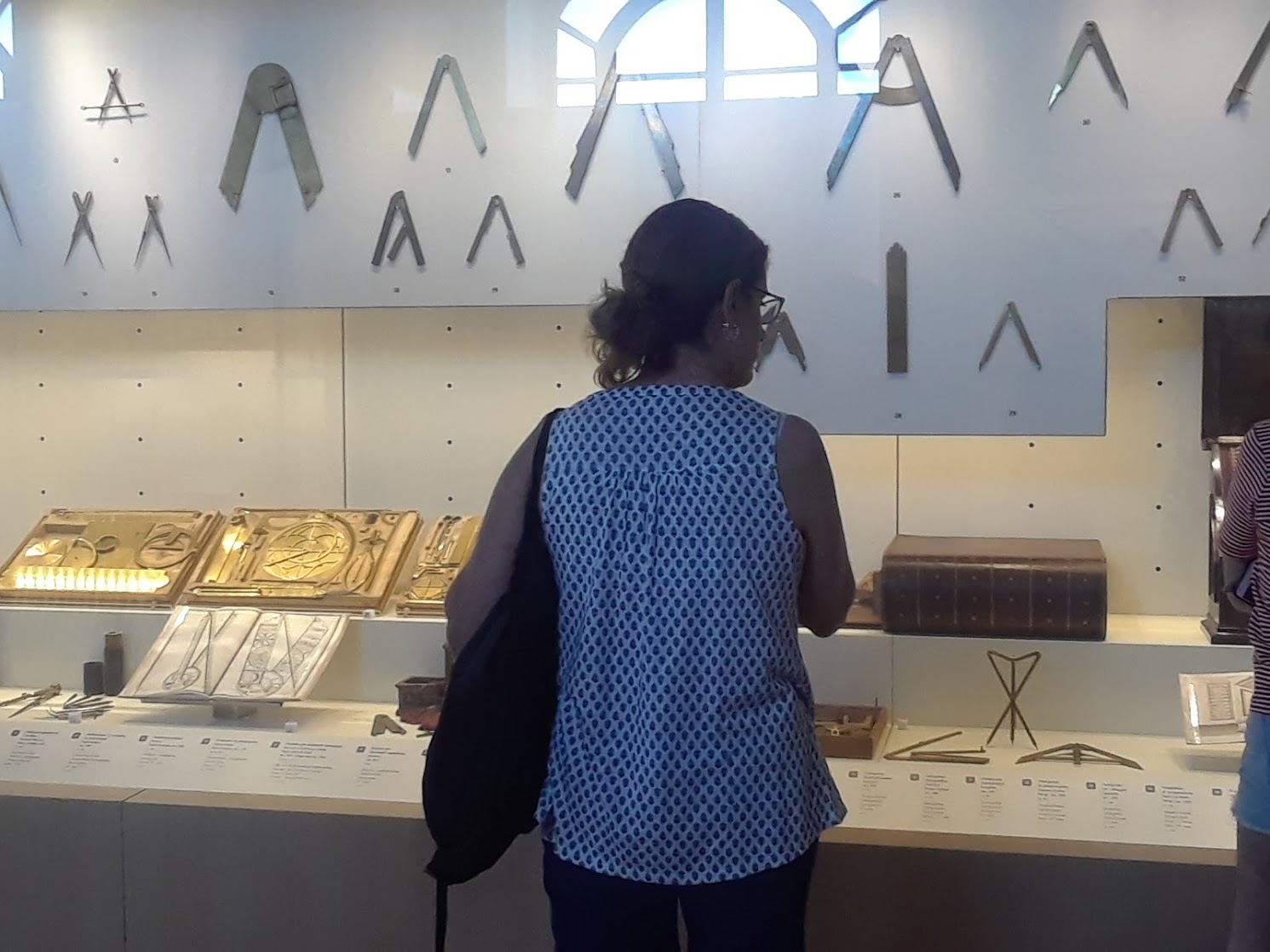




 Anna Beer’s book
Anna Beer’s book 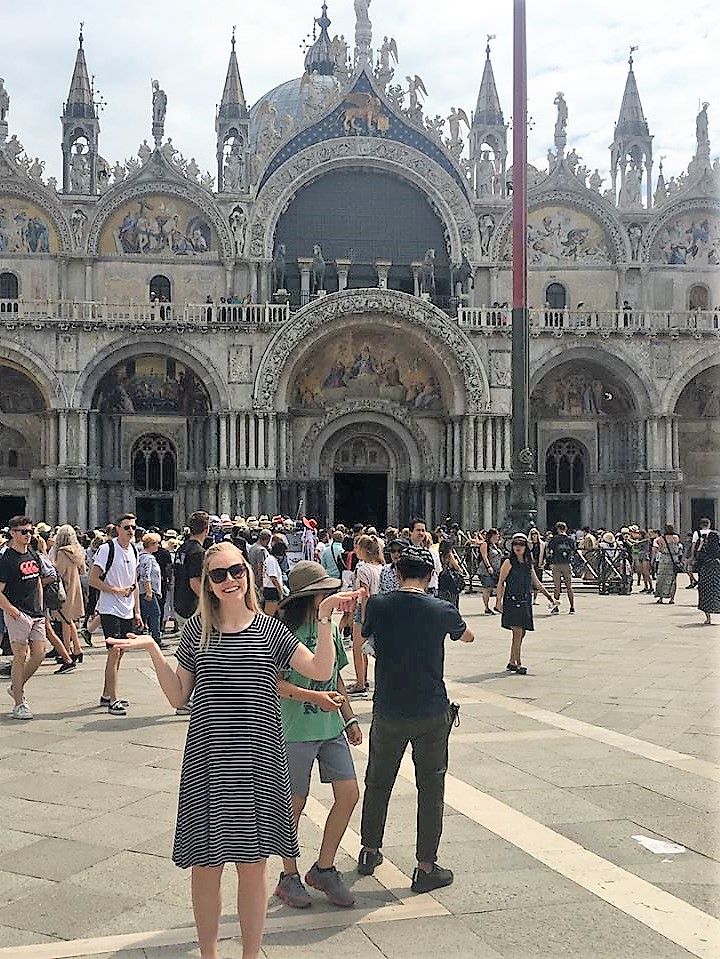
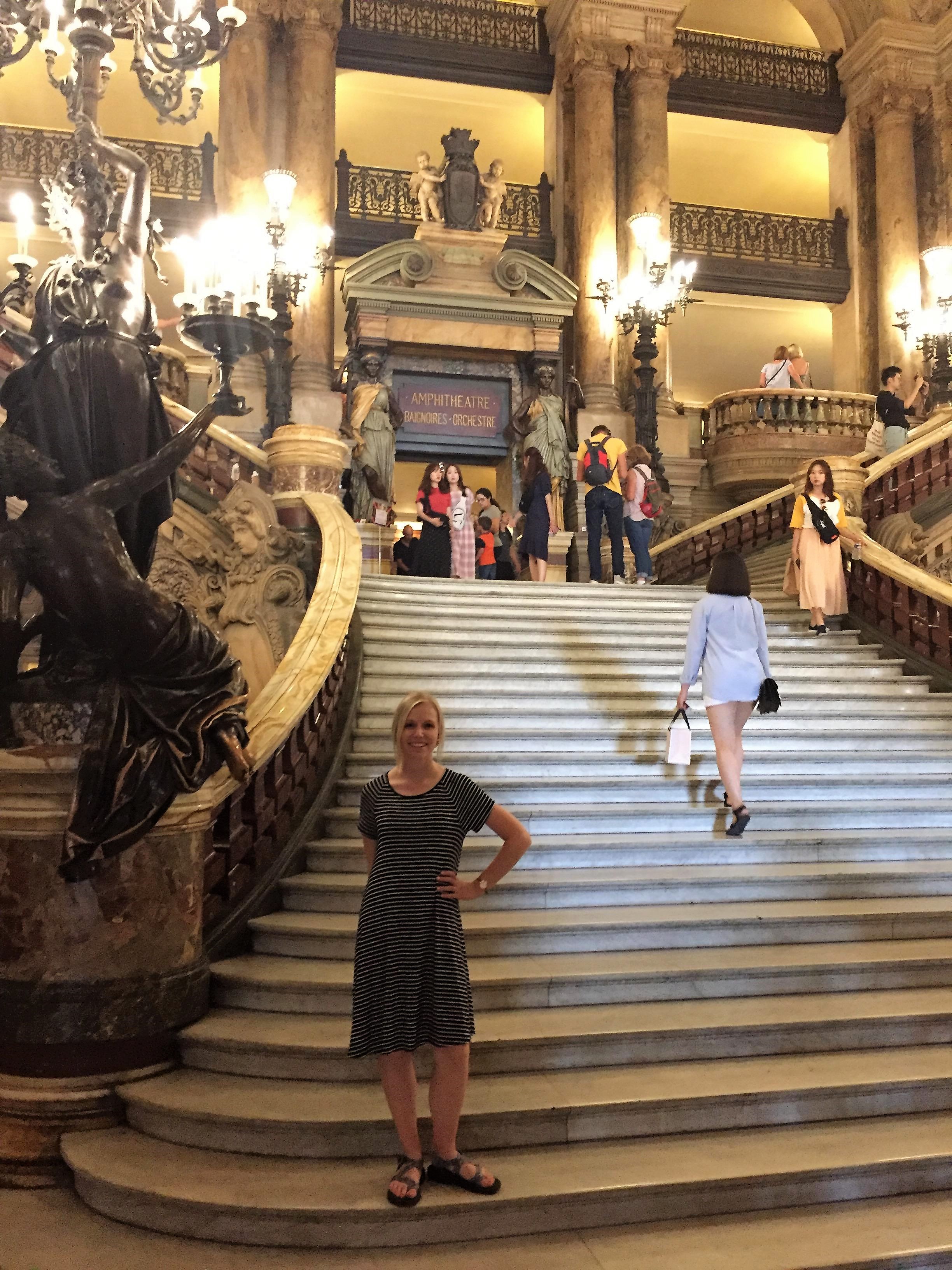
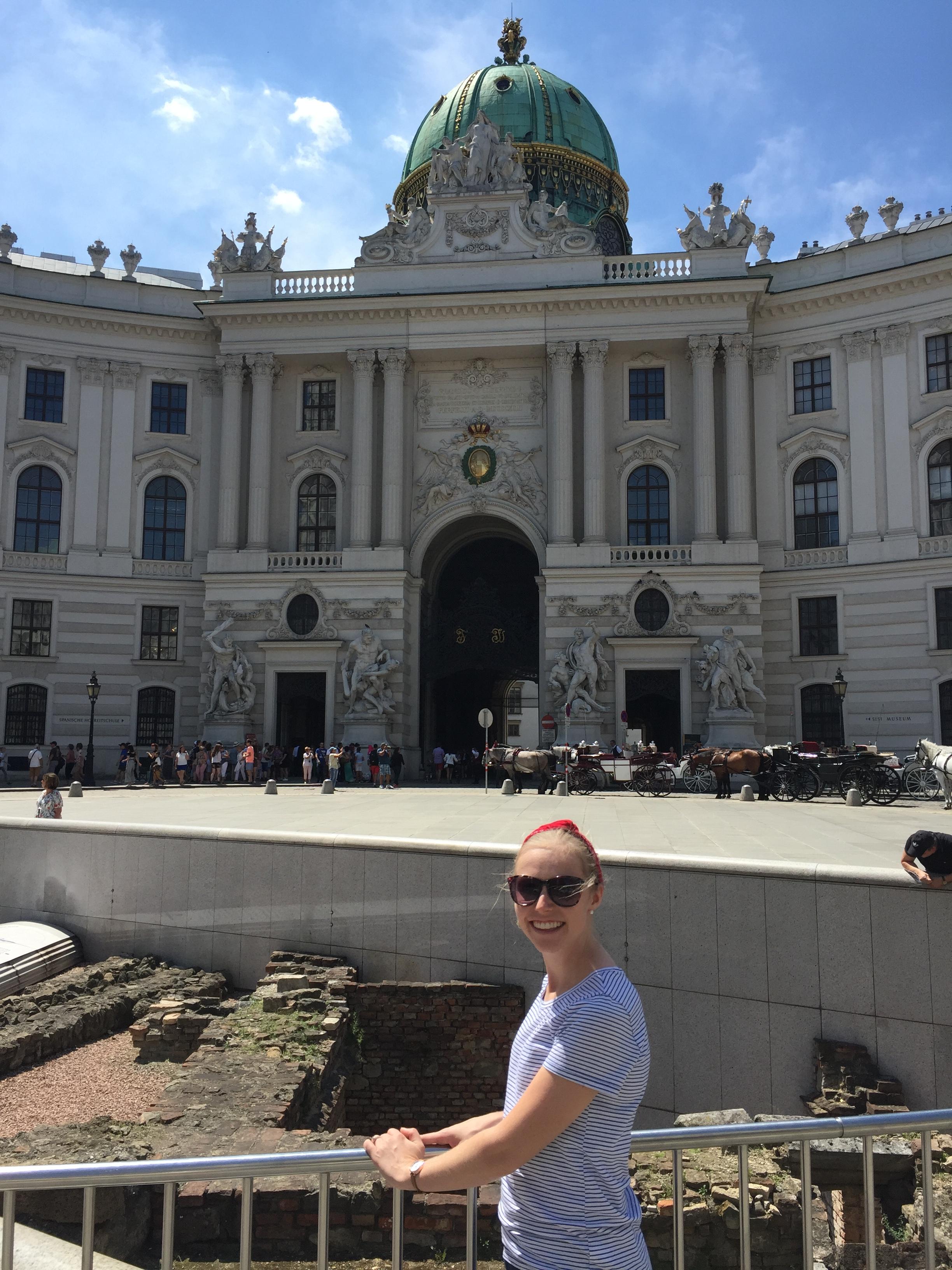

 Heather is an elementary music teacher in northwest Oklahoma City for Putnam City Schools. She has spent all four years of her teaching career at Lake Park Elementary, and currently serves on her school’s leadership team as the Specials Team Leader. Heather enjoys helping her students explore culture and history through music. You can see more images from her fellowship on Instagram
Heather is an elementary music teacher in northwest Oklahoma City for Putnam City Schools. She has spent all four years of her teaching career at Lake Park Elementary, and currently serves on her school’s leadership team as the Specials Team Leader. Heather enjoys helping her students explore culture and history through music. You can see more images from her fellowship on Instagram 


 John arrived at the Globe Theatre’s “Teaching Shakespeare Through Performance” workshop as a 58-year-old literature teacher and completed his fellowship as Ophelia, Hamlet’s love interest. He explains:
John arrived at the Globe Theatre’s “Teaching Shakespeare Through Performance” workshop as a 58-year-old literature teacher and completed his fellowship as Ophelia, Hamlet’s love interest. He explains: Yeah, yeah, some of you took today off for President’s Day, but did you know that one of the men you’re celebrating is also recognized as
Yeah, yeah, some of you took today off for President’s Day, but did you know that one of the men you’re celebrating is also recognized as 



 To clarify the broad scope of the holiday, Liz suggested using the picture book New Clothes for New Year’s Day
To clarify the broad scope of the holiday, Liz suggested using the picture book New Clothes for New Year’s Day  As you may recall, our fellowship was to attend the
As you may recall, our fellowship was to attend the  The most exciting take away from the Model Schools Conference has been the connections we made while there. Those connections have helped us to continue our learning, which will continue to impact our students.
The most exciting take away from the Model Schools Conference has been the connections we made while there. Those connections have helped us to continue our learning, which will continue to impact our students.


